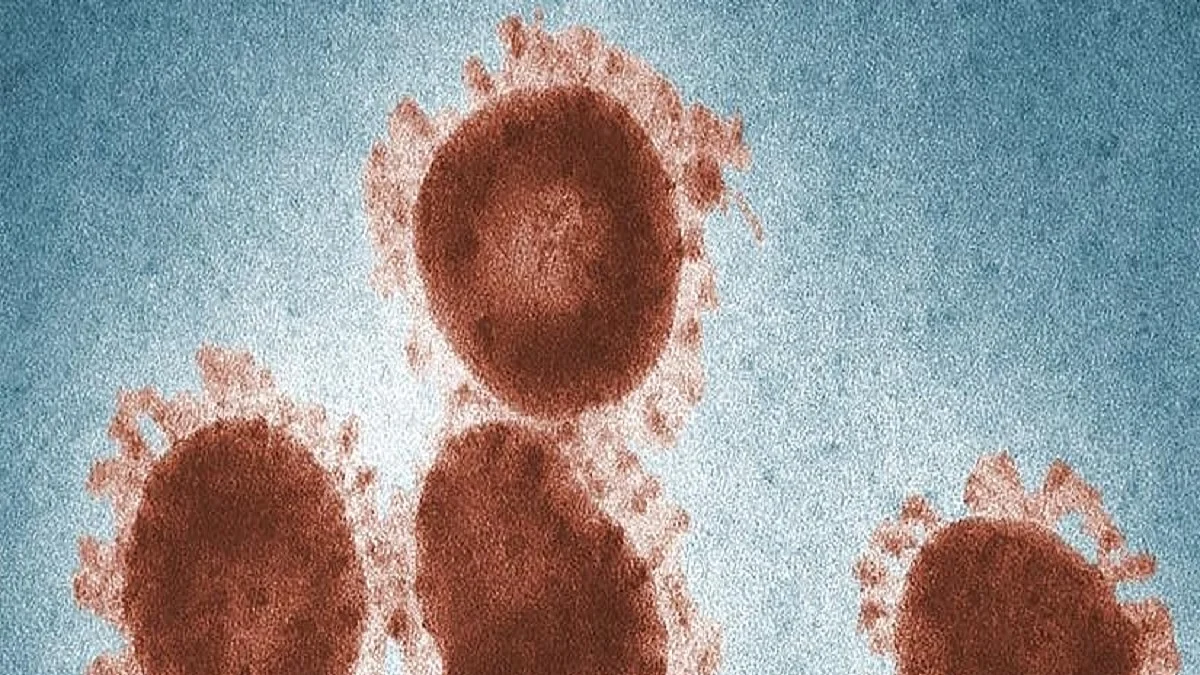IIT Mandi reveals a key protein structure in COVID virus
A team of researchers from IIT Mandi have elucidated the part of structure of a key protein in the COVID-19 virus, which helps in understanding its mode of action

A team of researchers from the Indian Institute of Technology Mandi (IIT Mandi) have elucidated the part of structure of a key protein in the COVID-19 virus, which helps in understanding its mode of action, its role in the spread and severity of the disease and development of antiviral therapeutics.
Current COVID-19 treatments simply manage symptoms while the body fights off the infection with its immune defence system. There are, as yet, no confirmed antiviral drugs that can stop the virus from replicating. One route to neutralising any virus is to attack its proteins.
The team led by Rajanish Giri, Assistant Professor, School of Basic Sciences at IIT Mandi explored the structure of non-structural protein 1, (NSP1) which is composed of 180 amino acids.
Previous research has experimentally shown the first 1-127 region of NSP1 to form an independent structure. However, there was no experimental proof given by any group on the 131 to 180 amino acid regions of this NSP1 protein, which plays a key role in suppressing the host immune system.
The team deciphered the conformation of this region in isolation and published their findings in the journal Current Research in Virological Science.
"Our finding provides valuable insight into disorder-order conformation of the NSP1 C-terminal region (residues 131-180) of the SARS-COV2 virus under various environments, which will help in understanding the broader aspect of NSP1 and its interactions with binding partners that are currently unknown," Giri said.
The researchers experimentally studied the structural conformations of SARS-CoV-2 NSP1 under various conditions -- in an organic solvent, membrane mimetic environment, and inside liposomes.
They found that if the C-terminal region of NSP1, that is, 131-180 residues are removed from NSP1 then NSP1 is unable to stop the translation by ribosomes.
Using analytical techniques such as circular dichroism spectroscopy, fluorescence spectroscopy, and molecular dynamics simulations, the researchers have shown the dynamic changes in the conformation of the IDR of the NSP1, in response to its surroundings, due to hydrophobic and electrostatic interactions between the protein and the environment.
Understanding the conformational structure and associated functions of key viral proteins such as the NSP1 can eventually help develop therapeutics that can target these proteins and stop the virus in its tracks.
Follow us on: Facebook, Twitter, Google News, Instagram
Join our official telegram channel (@nationalherald) and stay updated with the latest headlines
